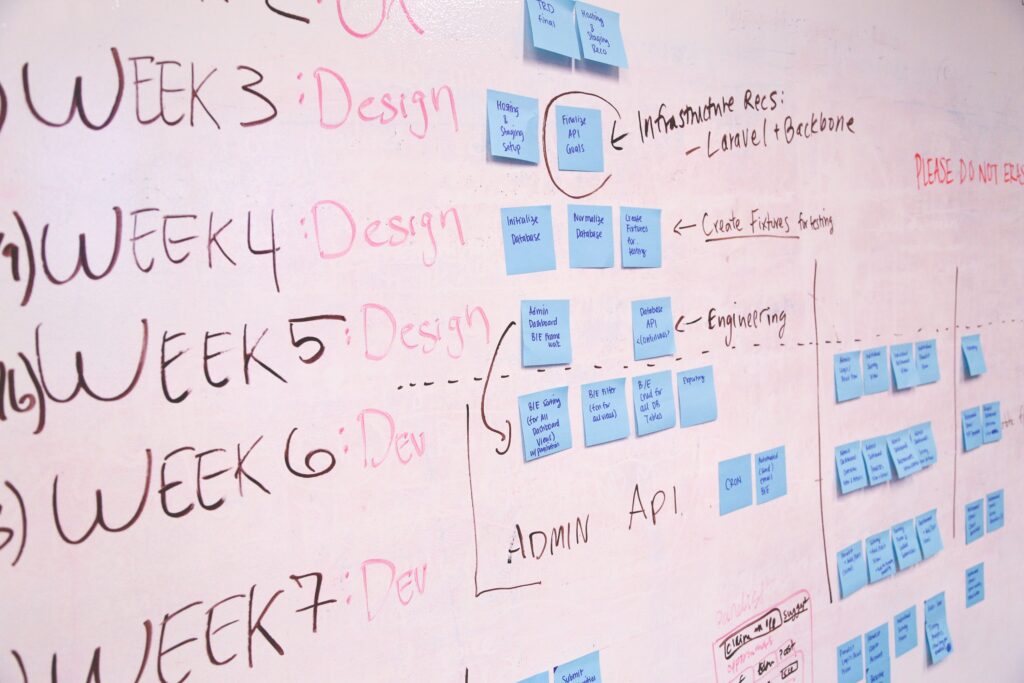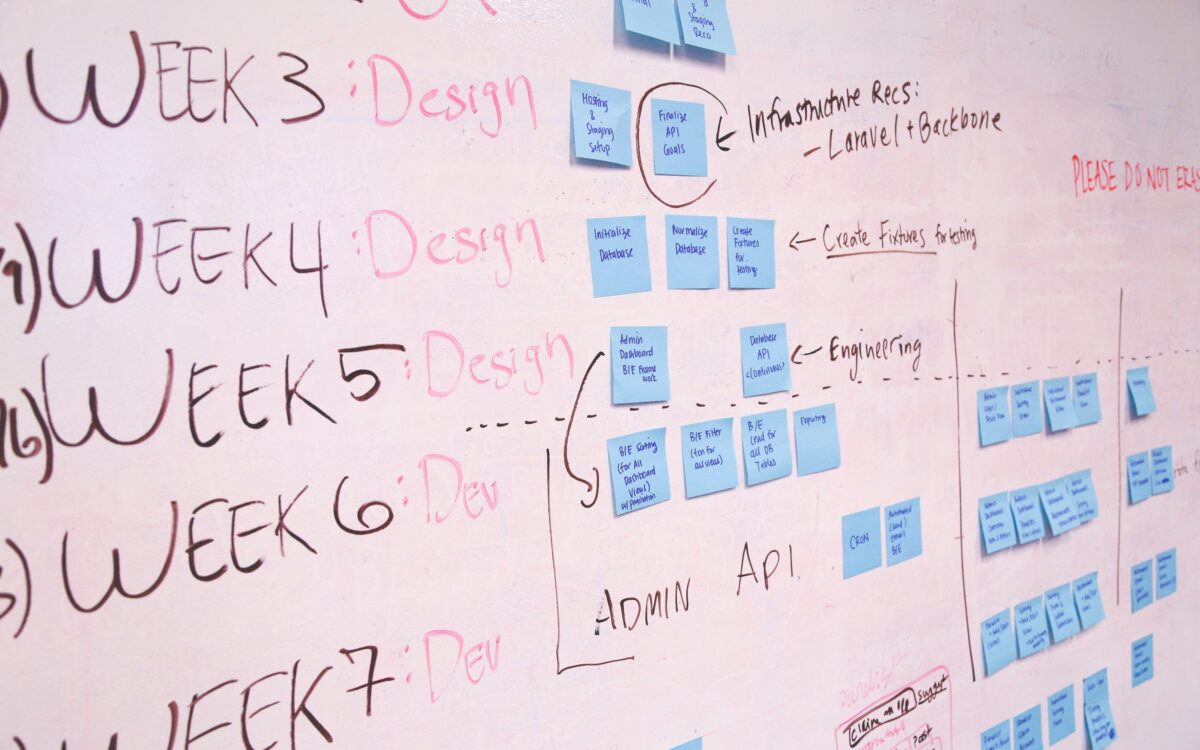Kongssunda AS is a company that provides support services to municipal and county municipal care and nursing homes. They supply physical aid products that care and nursing homes require, along with services related to this.

They have the entire country as their operational area and have their own facilities in 16 locations around the country. The headquarters are located near Fredriksborg in Østfold, while the production facilities are spread across six different sites, and they have over 350 employees. Generally, the company is characterized by a positive and forward-looking atmosphere, and they score well on customer satisfaction in the municipal units that use their products and services.
The CEO, Rikke Stad, who also founded the company, says in a management meeting: “We have now been in existence for 16 years, growing steadily, and have a solid financial foundation with good profits over the past ten years. But we cannot stand still! Needs are changing, employees are developing, and most importantly, technological possibilities require us to change as well. The pandemic has shown that digitalization is the way to go!” The others in the management team nod approvingly, knowing that something is coming. She continues: “Not only do we need to digitalize more, but it also means we have to reorganize. We have invested in and implemented updated digital support systems, but we haven’t aligned our organization in a way that allows us to utilize them effectively. I’m afraid that if we just start a change project that leads to a huge transformation all at once, it will backfire.” She takes a breath and continues: “Some in our production teams have previously used agile projects successfully, using scrum methodology in software development. I have done some reading on agile projects, or what we will now call ‘agile’, and I see that there are both opportunities and pitfalls here too. Therefore, I will distribute some articles for you to look into, and I expect that at the next joint management meeting in two weeks, you will come prepared with some proposals on how we can structure a large project to digitalize many of our processes and make necessary organizational changes.”
Rikke Stad also shares the article “The Agile Construct on Project Management Theory” 2016 by Edivandro Conforto et al. At the end of the article printout, she has noted the following:
“Hmmmm. It seems that they base their approach on traditional Project Management literature, which mainly focuses on technical projects and partly on IT. Furthermore, their attention is centered on the project itself as a process, rather than its purpose (to put it simply). They also define agility as the project team’s ability to quickly change the project plan in response to customer or stakeholder needs, market demands, or technological requirements, aiming to achieve better project and product performance in an innovative and dynamic project environment. The key point here is that it is seen as an ability rather than a methodology. This is precisely one of the central points made by Conforto et al., that the application of agility in project context is often related to methods and techniques. But that is not the case. Furthermore, they mention that there is no established definition or Body of Knowledge (BoK) in project management that specifically addresses agile project management. Another core aspect of their definition and BoK is related to: (a) the project team, regarding its level, (b) the ability to change the project plan quickly and when needed, and (c) putting the customer/user needs at the center.”
The rest of the leadership team knows that the process will be initiated in a constructive manner, but also that if they want to have an influence on it, it’s important that they have “done their homework.” Stein Iskoa, the leader of HR, Operations, and Finance departments, knows that he will be highly involved in this. He is a bit unfamiliar with agile projects and wants to gain more insight. He read both the article that Stad handed out and her notes but doesn’t feel that things are becoming much clearer. He simply needs a bit more substance before the next leadership meeting. Therefore, he reaches out to you for some input.
Stein Iskoa is, of course, aware that you do not have extensive knowledge about Kongsunda AS. He conveys further in his message to you: “I am also aware that you do not have a ‘PhD in Agile Project Management.’ Nevertheless, I would appreciate some clarifications, advice, and input.”
Therefore, he places the following order: If you were to provide some professional insights for this upcoming process, where it seems that a reorganization within Kongssunda AS will be carried out as an agile change process in the form of one or more projects, what advice and recommendations would you emphasize, and what is the rationale for these? More specifically:
What characterizes an agile implementation strategy, and what conditions should be in place at Kongsunda AS to make this an appropriate implementation strategy?
An agile implementation strategy is characterized by iterative and incremental deliveries, customer involvement, flexibility, and rapid response to changes. For an agile strategy to be suitable for Kongsunda AS, the following conditions should be in place:
- Leadership support: It is essential that the management at Kongsunda AS is engaged and supportive of the agile approach. They must understand and accept the need for change and be willing to facilitate an agile transformation.
- Team organization: The organization of teams should be suitable for agile work, with self-directed and cross-functional teams capable of making decisions and delivering valuable results iteratively.
- Customer engagement: Kongsunda AS should have an open dialogue with its customers to understand their needs and involve them throughout the process. The customer should be available for feedback and prioritization along the way.
- Culture of continuous improvement: An agile approach requires a culture that encourages learning, experimentation, and continuous improvement. Kongsunda AS should be open to change, risk-taking, and learning from mistakes.
What opportunities and challenges exist in the planned project if an agile project execution approach is chosen?
Opportunities in the planned project with an agile project execution approach include:
- Faster adaptability: Agile methods enable quick responses to changes, allowing Kongsunda AS to adapt to shifting market needs and requirements.
- Increased customer engagement: By involving customers closely in the process, Kongsunda AS can create better products and services that more accurately meet their needs.
- Reduced risk: The iterative nature of agile project execution provides the opportunity for early identification of potential risks and issues, allowing them to be addressed before they become major problems.
Challenges that may arise include:
- Resistance to change: Some employees may be reluctant to embrace an agile approach and prefer more traditional methods. Change management and communication may be needed to address this challenge.
- Organizational complexity: If Kongsunda AS is a large and complex organization, implementing agile methods may be more challenging. Adaptations and adjustments may be needed to fit the organization’s structure and culture.
When will agile project implementation strategies be favorable, and when are they less suitable?
Agile project implementation strategies are favorable when:
- Project requirements and scope are uncertain or subject to change.
- Rapid delivery of valuable results is crucial.
- Customer or user involvement is needed early and frequently in the process.
- Innovation and learning are key objectives.
They may be less suitable when:
- Project requirements and scope are clearly defined and stable.
- Precise planning and predictability are necessary.
- Customer availability is limited, and quick decisions are required.
- Teams and the organization lack experience with agile methods.
There is a lot of talk about Scrum, Lean, and other agile methodologies. Are these methodologies the same, and do they offer ready-made recipes? If so, should one use these?
Scrum, Lean, and other agile methodologies have certain similarities, but they do not offer ready-made recipes. They are flexible frameworks and approaches that can be tailored as needed. Scrum focuses on iterative delivery, self-organizing teams, and customer involvement through planning meetings and daily gatherings. Lean focuses on eliminating waste and continuously improving processes. Other agile methodologies, such as Kanban or Extreme Programming (XP), have their own unique features and benefits. The choice of methodology depends on the project’s requirements, the team’s expertise, and the organization’s context.
Is it appropriate to consider changes in organization and the implementation of new digital tools together, and how would you argue for it?
It is advantageous to consider changes in organization and the implementation of new digital tools together to achieve the best possible impact. Digitalization can influence and require changes in work processes, structures, and competencies. By implementing organizational changes simultaneously with the introduction of digital tools and systems, a more holistic and seamless transformation can be ensured. This will help leverage the digital tools effectively and achieve desired improvements in productivity, quality, and customer satisfaction. By viewing organizational changes and digitalization as mutually supportive initiatives, a more integrated and sustainable transformation can be created.
This case is taken from the book “Verdiskapende Prosjektledelse” – 2022, 2. Edition, by Torgeir Skyttermoen og Anne Live Vaagaasar.




